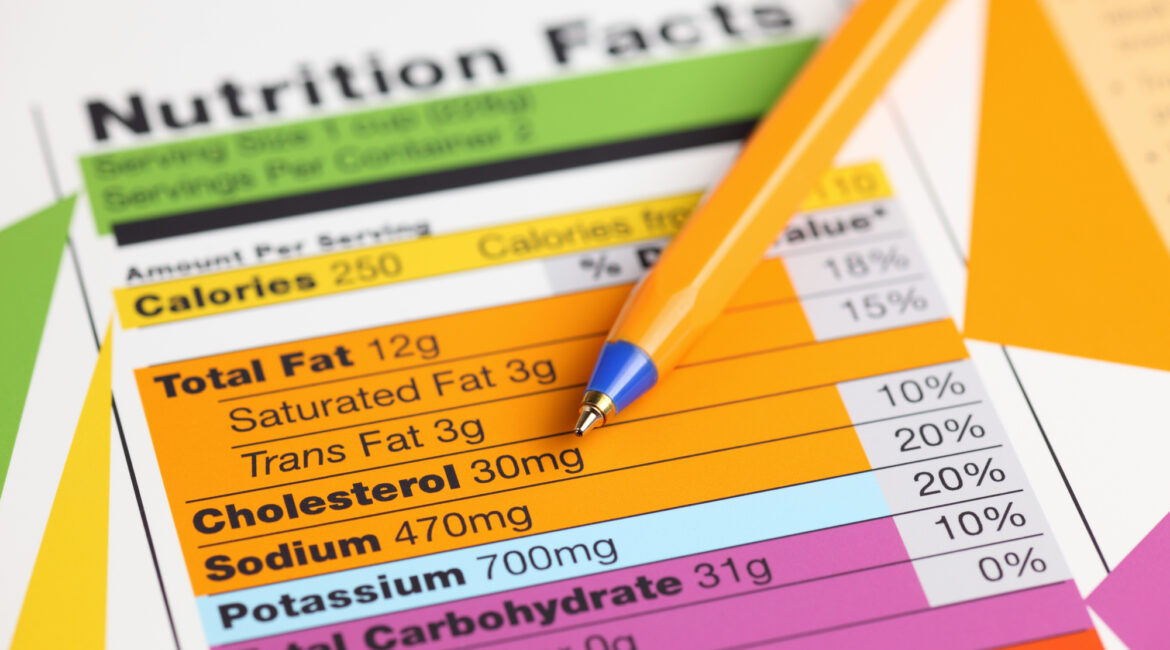Let’s face it: we all live extremely busy and hectic lives. The rat race we’re caught up in makes sure that we have precious little time or energy to spare. Who amongst us has the patience to extensively research diet and nutrition science at the end of a tiring day? As things stand, scouring the interweb for accurate nutritional information is a confusing and daunting mission – you get the whole range of information from fairly accurate to irresponsibly wrong. How does one decide what is right and what’s not?
Recently at dLife, we were sent on a wild goose chase seeking nutritional facts on banana stem while developing our banana stem based raita recipe. All sites where we could manage to find some mention of banana stem actually carried nutritional facts of banana. This was just the first trigger to start contemplating about a comprehensive dLife FoodLog system, of which the Nutrition Facts & Calories would just be a part.
The second reason is that we wanted to incorporate all the features that a visitor to a site like ours would expect, without having to outsource it. We did not want to limit ourselves to providing Nutrition Facts & Calories data of just the ingredients that would go into a recipe. The dLife FoodLog system plan was drawn up to include the following sub-components:
- Nutrition Facts & Calorie database.
- Integrated Recipe module that would fetch data from 1 above to auto compute proximates, calories, lipids, vitamins & minerals on per serving basis.
- Integrated with 1 & 2 above a My Food Diary. This is also integrated with the dLife DataLog > Home Testing part
We will be dedicating one article to each of the above components of the dLife FoodLog module, starting with the Nutrition Facts database.
Nutrition Facts & Calories Database
Almost every other site uses the very popular USDA database. We too, have used and integrated the same. However, we did not stop there. dLife is fully committed to the Indian diaspora and we go that extra mile to accommodate our unique cultural and regional sensitivities. We manually added around 200 India related items that were missing in the USDA database.
We sourced more data from the NIN Hyderabad data file. Yes, it included the aforementioned “Banana Stem” with details that we could not find anywhere else on the world wide web. We will continue to update our database with figures from NIN Hyderabad data files as and when we come across them. In the meantime, Good Luck finding Ponnanganni Keerai and Bathua in the USDA data files. Big reveal: we have these and many more “ethnic” entries that feature in our regional cuisines.
The Charts & Nutritional Profile.
Almost every site using the USDA files, erroneously clubs sugar & fiber with carbs to draw up the chart. We went a step ahead and split the calorie chart into further components. Here’s one example of how our charts for peanuts are different from a site like Fat Secret. Additionally, most sites do not list the complete nutritional profile of items – they are restricted to proximates and a few minerals and/or vitamins. We on the other hand, have listed every detail that’s available. Also, we have not relied on calorie mentioned in the data file but used the 4-4-9-1.5-7 (carb-protein-fat-fiber-alcohol) rule to compute the total calories for the purpose of charting and also subsequently in the Recipes and My Food Diary modules.
This Section Is Open For All
The Nutritional facts & Calorie section of the module is open for all. Anyone can access the same. Other sections of the module are only accessible by Premium Members with an active account.
Help on the Nutrition Database
A short help is available on the forum. To access that thread you will need to be a registered member on the site. Click the Join button below to sign up.

